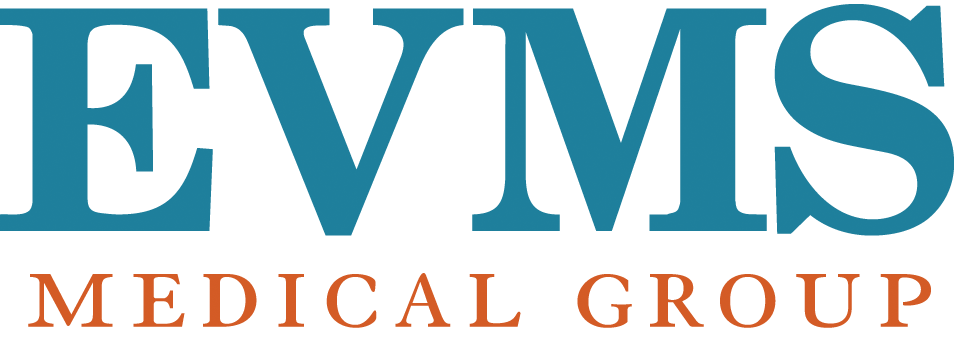Eyebrow Surgery
We often use our eyebrows to display emotions and feelings. Excessive use of forehead muscles can lead to the formation of wrinkles. The eyebrows may become depressed resulting in a fatigued or even scowling appearance. A browlift may be performed to decrease the forehead lines and wrinkles and elevate the brows to help give you a more alert and refreshed appearance. After a browlift, a few millimeter elevation can make a drastic difference in ones appearance. A browlift may be performed with an upper eyelid blepharoplasty. In some instances the excess brow depression will cause a decreased field of vision and the browlift will be covered by insurance carriers. A browlift may also be combined with a facelift to provide a balanced rejuvenation of the face.
About the Procedure
A browlift is usually performed under general anesthesia. The placement of the incisions and extent of tissue dissection that is performed will depend on a number of factors. The location of the hairline, pattern of hair loss, the cause of and degree of brow descent and other procedures being performed will determine the technique that is used. Often times a minimal incision, endoscopic browlift may be able to be performed. This allows for excellent elevation of the eyebrows while minimizing the risk of numbness and recovery time. The muscles that are responsible for causing the lines between the eyebrows are cut or weakened to help reduce these wrinkles.
What to Expect After Surgery
A large compressive dressing will be applied to the forehead and a portion of the scalp after surgery which will be removed the day after surgery. A sense of tightness and discomfort in the forehead and brow region is to be expected, but will resolve shortly after surgery. The surgery dissection extends into the upper eyelid, so bruising and swelling of the eyelids (especially the upper eyelid) will occur. Light ice packs over the eyes and elevating your head for the first few days after surgery will help to minimize subsequent bruising and swelling. You can expect to be able to shower and shampoo the scalp after 3 days and can use contacts again at 1 week. A mild change in sensation of the forehead is expected and should resolve in the weeks following surgery. You may return to full activity at 10-14 days after surgery.
